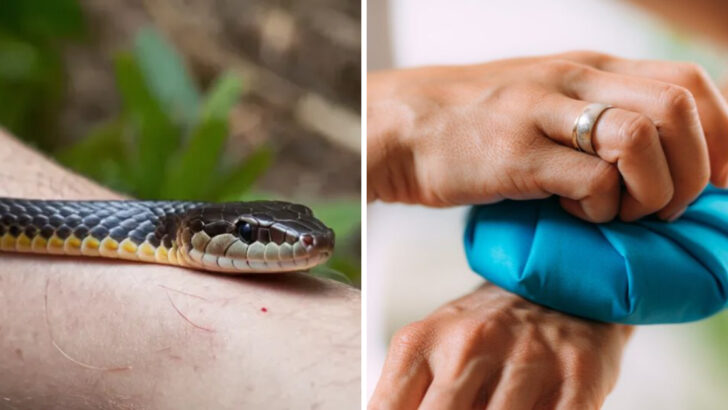Getting bitten by a rat snake is not how most people plan to spend their afternoon.
It’s sudden. It’s startling. And yes—it hurts. Your brain might scream “poison!” even though rat snakes aren’t venomous. Still, those teeth can leave a mark—and if you don’t handle it right, things can get messy fast.
The good news? Panic isn’t part of the treatment plan.
What you do next matters way more than you think. Clean it wrong, ignore it, or try some old backyard “remedy,” and you could be setting yourself up for infection—or just way more pain than necessary.
This guide breaks down exactly what to do—and what not to do—right after a rat snake bite.
Simple steps, quick actions, and a whole lot of common sense can save the day.
Stay Calm
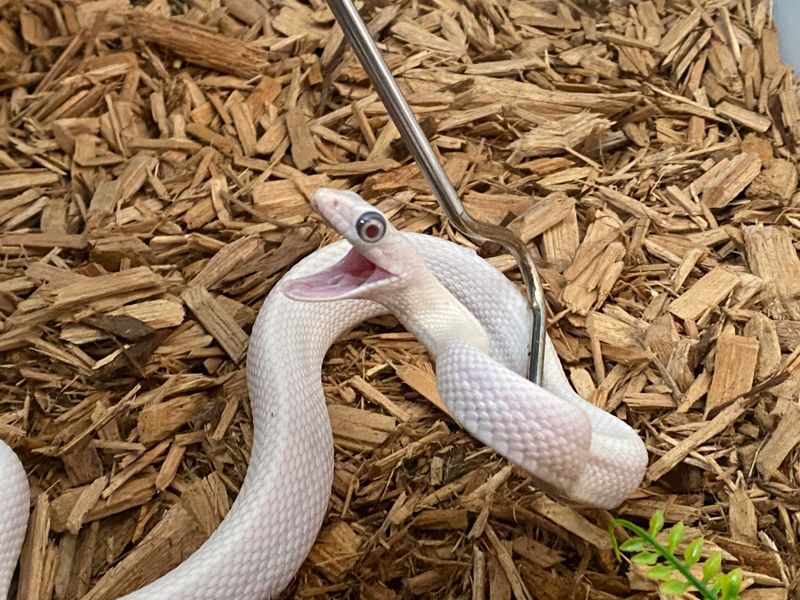
Panicking after a rat snake bite is common, but staying calm is crucial. Anxiety can elevate your heart rate, potentially spreading saliva or bacteria faster. Begin by taking slow, deep breaths. Imagine the soothing rustle of leaves as they sway gently in the breeze.
This not only helps your body relax but also provides clarity of thought, enabling you to assess the situation more effectively. Remember, rat snakes are non-venomous, so there’s no immediate danger of venom spreading.
By keeping a clear head, you’ll be able to make informed decisions about the next steps.
Clean the Wound
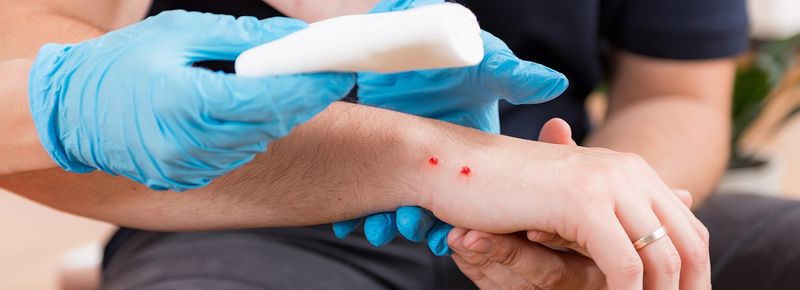
After ensuring your calmness, the next critical step is cleaning the wound. Use clean water to gently wash away any dirt or debris. This reduces the risk of infection significantly.
If available, apply an antiseptic cream or solution to the affected area. Think of it as giving your skin a fresh start, free from unwanted intruders.
By keeping the wound clean, you help your body’s natural defenses work more efficiently. Avoid scrubbing too hard; a gentle touch is all that’s needed to prevent further irritation.
Apply a Bandage
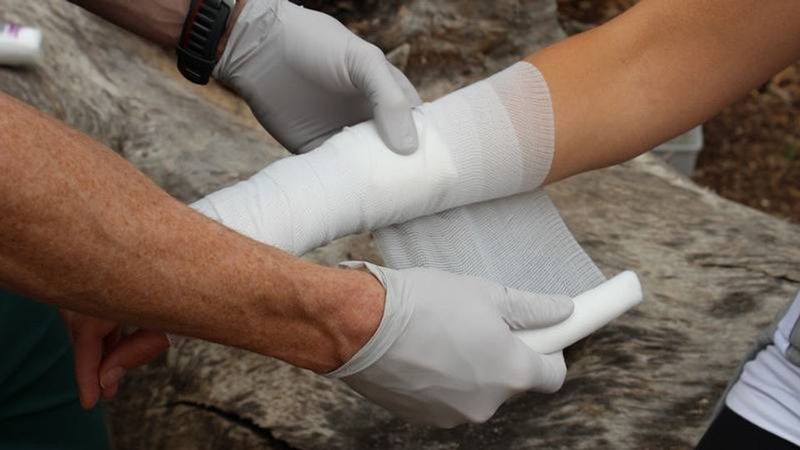
Once the wound is clean, covering it with a bandage is essential to protect against further contamination. Choose a sterile bandage that fits snugly over the bite.
This creates a barrier against external bacteria and prevents dirt from entering. With this simple act, you’re essentially giving your skin a shield, allowing it time to heal undisturbed.
Changing the bandage daily or whenever it gets wet ensures continued protection. Remember, a well-protected wound is a healing wound.
Monitor for Signs of Infection
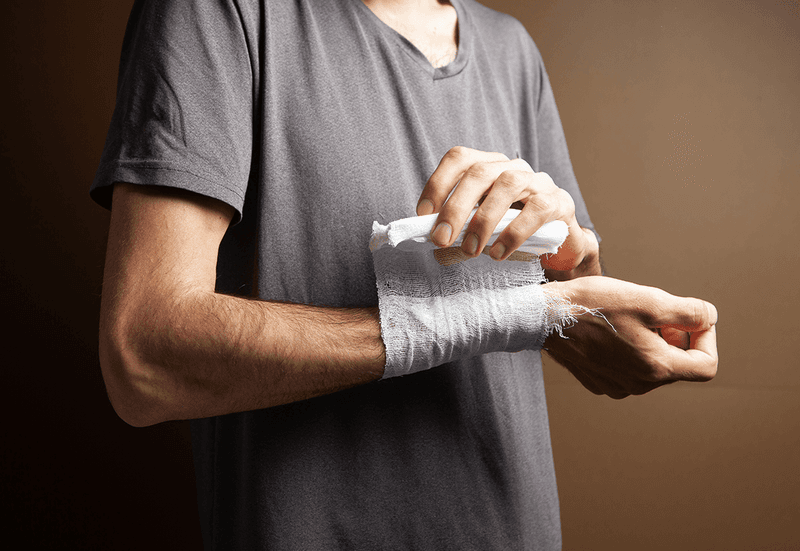
Keeping an eye on the bite for signs of infection is vital. Watch for redness, swelling, or pus, which could indicate complications.
Imagine your skin as an early warning system, alerting you to potential issues. Acting promptly at the first sign of trouble can prevent more serious conditions from developing.
Infections can sometimes turn serious, so contacting a healthcare professional if symptoms persist is wise. Remember, your vigilance can be your best ally in recovery.
Seek Medical Advice

Although rat snakes are non-venomous, seeking medical advice is a prudent step. Contact a healthcare provider to discuss the bite and any symptoms you may experience.
They can offer guidance tailored to your specific situation, ensuring you receive the best care possible. Imagine this advice as a safety net, supporting you through the recovery process.
Even if the bite appears minor, professional input can provide peace of mind, knowing you’re on the right path to healing.
Report the Bite
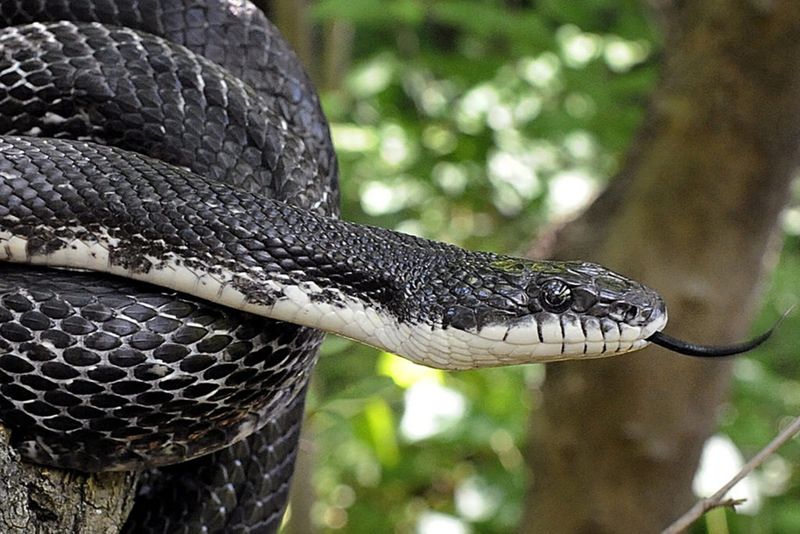
Informing local wildlife authorities about the snake bite can help track snake activity. This can contribute to community safety and awareness.
Imagine being part of a network that helps others stay informed and prepared. Sharing your encounter contributes to a larger understanding, potentially aiding in future prevention efforts.
Your report can help identify areas with increased snake activity, prompting necessary precautions. It’s a small step with significant community impact.
Avoid Tight Tourniquets
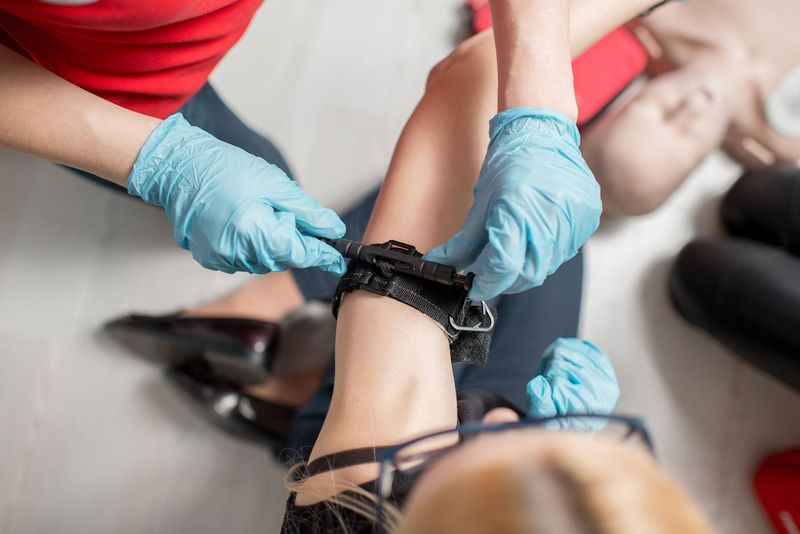
One common mistake is applying a tight tourniquet, thinking it will stop the spread of toxins. However, since rat snakes are non-venomous, this approach is unnecessary and can cause harm.
Imagine squeezing a garden hose too tightly and blocking the flow of water. Similarly, a tight tourniquet restricts blood flow, potentially causing tissue damage.
Instead, focus on keeping the area clean and monitored. Avoid actions that may worsen the situation. Knowledge is your best tool in such scenarios.
Do Not Attempt to Suck Out the Saliva
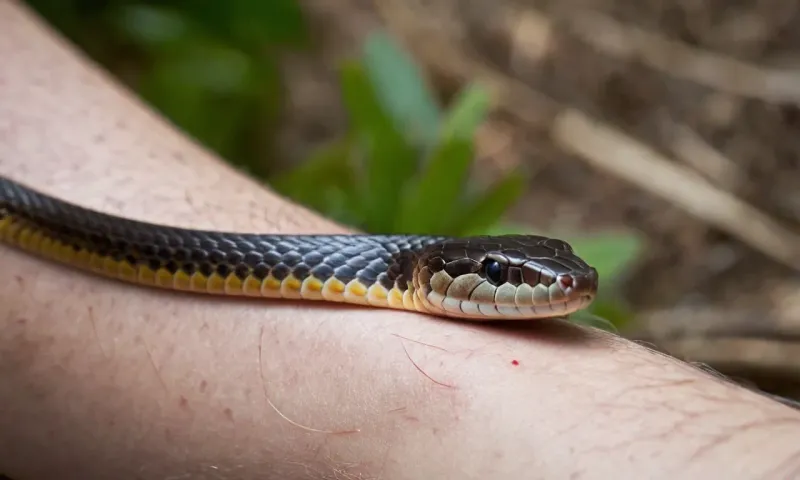
Avoid trying to suck out saliva from a rat snake bite. This old wives’ tale doesn’t remove toxins and can introduce new bacteria to the wound.
Picture trying to clean a spill by introducing more dirt; it simply doesn’t work. Not only is it ineffective, but it also poses a risk of infection.
Focus on proper wound care instead. Keeping the area clean and covered is far more beneficial than outdated methods that might cause harm.
Don’t Apply Ice Directly
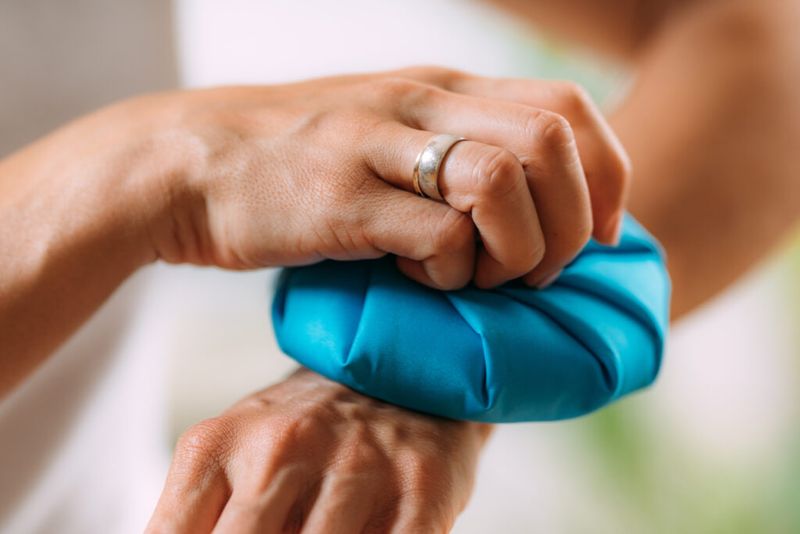
Applying ice directly to a rat snake bite might seem soothing, but it can actually hinder healing. Ice can constrict blood vessels, reducing blood flow to the area.
Imagine trying to nourish a plant with frozen soil; it simply can’t absorb the nutrients it needs. Instead, use a cold pack wrapped in cloth to soothe without direct contact.
This prevents tissue damage and allows the body’s natural healing processes to work effectively. Keep the focus on gentle, supportive care.
Do Not Consume Alcohol

Consuming alcohol after a snake bite is ill-advised, as it can thin the blood and exacerbate swelling. Picture trying to put out a fire with gasoline; alcohol can intensify the body’s reaction.
Opt for water to stay hydrated and support your body’s recovery. Think of each sip as a small step toward healing. Avoiding alcohol helps your body focus its energy on repair rather than processing toxins.
Making wise beverage choices is part of responsible post-bite care.
Keep Limbs Elevated

Elevating the bitten limb can prevent swelling and promote healing. By raising the affected area above heart level, you assist in reducing blood flow, preventing excessive swelling.
Think of it as encouraging a gentle stream rather than a rushing river. This simple act helps your body manage the inflammatory response effectively.
Use pillows or cushions to keep the limb comfortably elevated. Regularly adjusting the position ensures continued benefit.
Avoid Hot Compresses
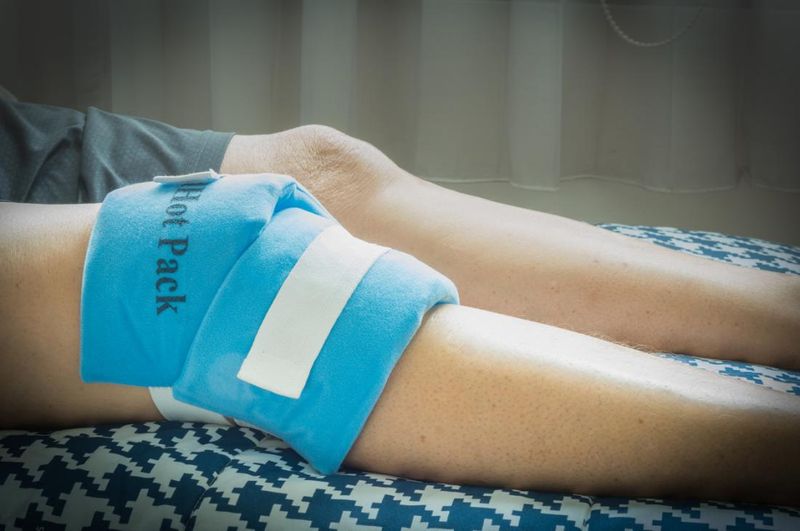
While warmth is often comforting, hot compresses should be avoided on snake bites. Heat can increase swelling, much like stoking a fire.
Imagine adding more fuel to a flame; it only intensifies the response. Instead, focus on maintaining a neutral temperature around the bite.
Use gentle cooling methods if necessary, but avoid direct heat. Supporting the body’s natural processes is key to effective recovery.

